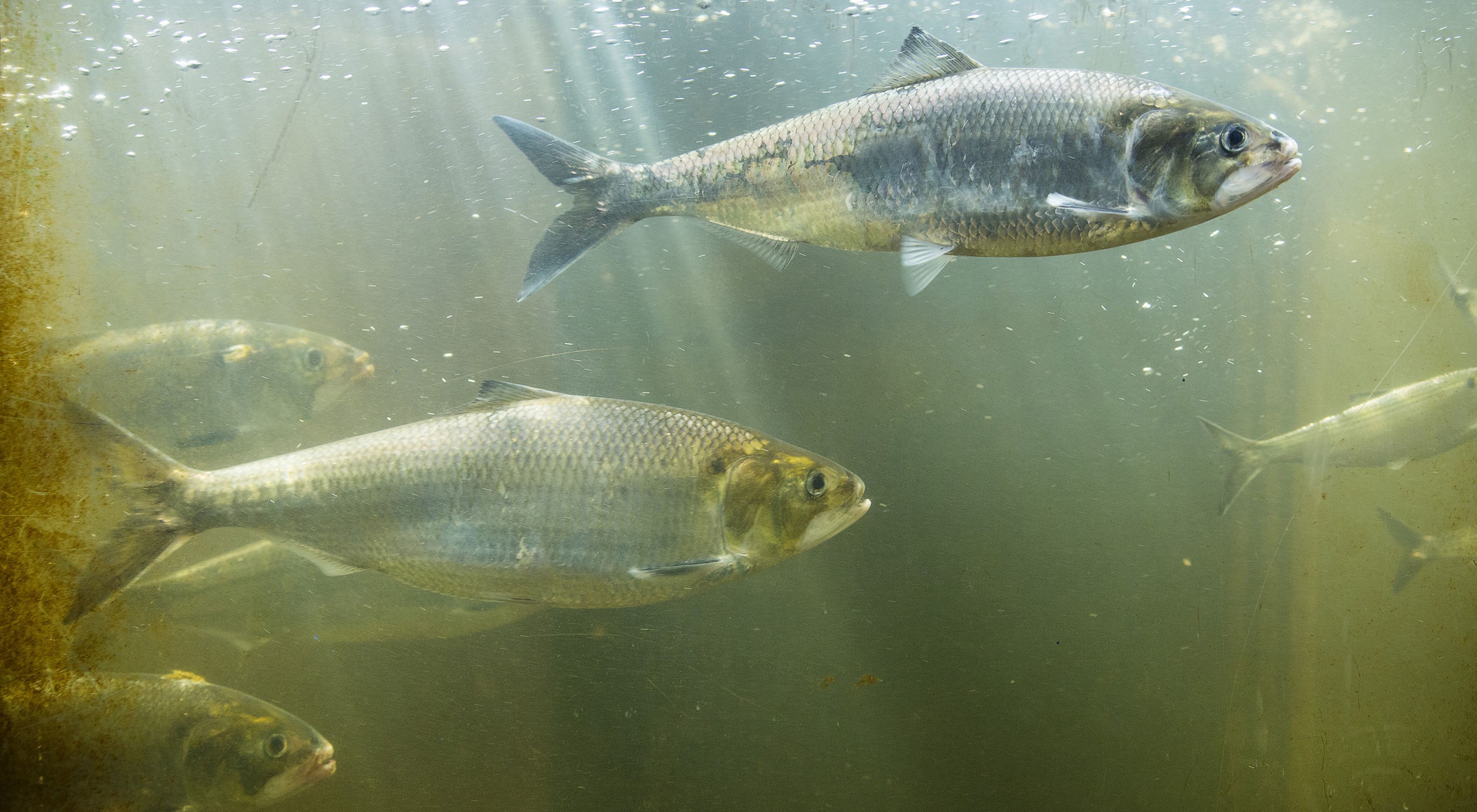Celebrate World Fish Migration Day Along the Farmington River
Enjoy time outdoors and learn about the rivers near you through a fish’s point of view.
Media Contacts
-
Susan Wollschlager
The Nature Conservancy
Phone: 203-209-6218
Email: s.wollschlager@tnc.org
Test Your Knowledge!
Let's have some fun! Take this quiz about fish and rivers in Connecticut! Then join us on Tuesday, May 21, for "World Fish Migration Day: The Migration Celebration" at Northwest Park in Windsor!
The Nature Conservancy and Long Island Sound River Restoration Network are inviting the public to celebrate World Fish Migration Day with a guided river walk, outdoor activities and a special documentary film premiere—along with a look at how local rivers affect us all.
“World Fish Migration Day: The Migration Celebration” is set for May 21 from 3-7:30 p.m. at the Northwest Park Nature Center, 145 Lang Road, Windsor, near the Farmington River. The event is free and open to the public; guests are asked to register in advance for activities or a virtual option.
“The Long Island Sound region spanning Connecticut is a gateway to hundreds of miles of critical freshwater habitat across New England,” says Emily Hadzopulos, TNC's freshwater restoration manager in Connecticut. “That's why this is such an important place to celebrate World Fish Migration Day and advocate for free-flowing rivers so that our migratory fish friends can live, breed, and thrive.”
The event will be packed with diverse, educational activities about fish, waterways that link to Long Island Sound and the barriers that impact them.
The afternoon will start with a three-mile round-trip guided walk along the nearby Farmington River. An outdoor meet-and-greet with community groups will follow under the park’s pavilion, with refreshments and Ben & Jerry’s ice cream.
The evening will end with the screening of “Reconnected: Restoring the Rivers of Long Island Sound,” highlighting the challenges presented by dams, the benefits free-flowing rivers have on nature as well as entire communities, and how efforts directed toward one river can affect so many others.
World Fish Migration Day is an international movement dedicated to raising awareness of migratory fish and the roles they play in riverine and marine ecosystems, as they travel to spawn and serve as key food sources for other fish, birds and mammals.
Their populations support the larger ecosystem, but barriers such as dams and misaligned or undersized culverts can disrupt their travel and a river’s flow. While these man-made structures were once built to provide hydropower or recreational ponds, many of them no longer serve a purpose and are now in fragile condition.
“Most dams and culverts are at best overlooked and ignored—but they pose a constant obstacle for fish and wildlife, and are a growing threat to the safety and resilience of our communities,” says Anthony Allen, director of restoration strategy at Save the Sound.
“Restoring migratory fish populations in the Farmington River is a top priority in Connecticut, due to the river’s proximity to Long Island Sound, its size, and its pristine habitat,” added Aimee Petras, executive director at the Farmington River Watershed Association.
“We look forward to seeing everyone who lives in and loves the Long Island Sound region to join us for this event, as we celebrate how free-flowing rivers enable a healthier, safer, and more resilient environment for all,” says Hadzopulos.
The event is being supported by the National Oceanic and Atmospheric Administration (NOAA) and the Lower Farmington River and Salmon Brook Wild and Scenic. Funding for the video was provided in part by the Bipartisan Infrastructure and administered by NOAA.
The Nature Conservancy is a global conservation organization dedicated to conserving the lands and waters on which all life depends. Guided by science, we create innovative, on-the-ground solutions to our world’s toughest challenges so that nature and people can thrive together. We are tackling climate change, conserving lands, waters and oceans at an unprecedented scale, providing food and water sustainably and helping make cities more sustainable. The Nature Conservancy is working to make a lasting difference around the world in 81 countries and territories (40 by direct conservation impact and 41 through partners) through a collaborative approach that engages local communities, governments, the private sector, and other partners. To learn more, visit nature.org or follow @nature_press on X.
